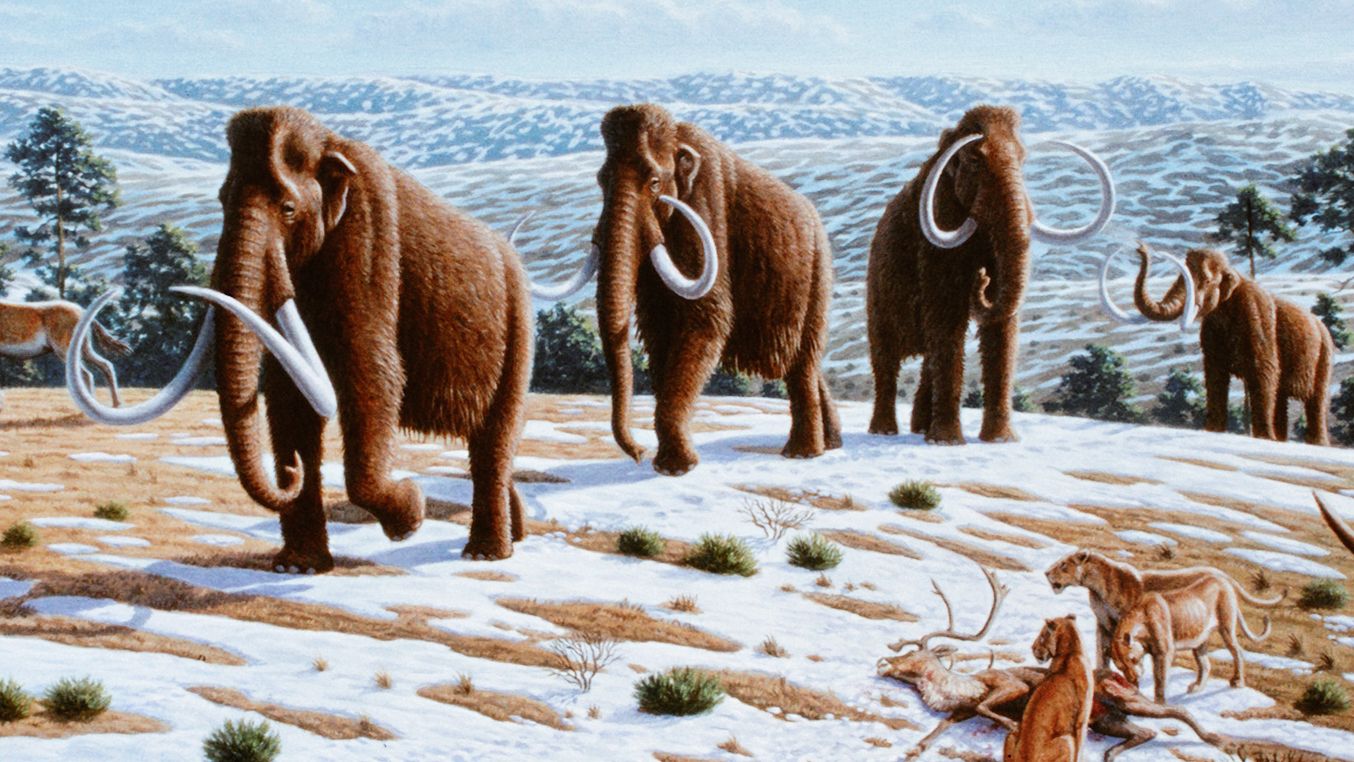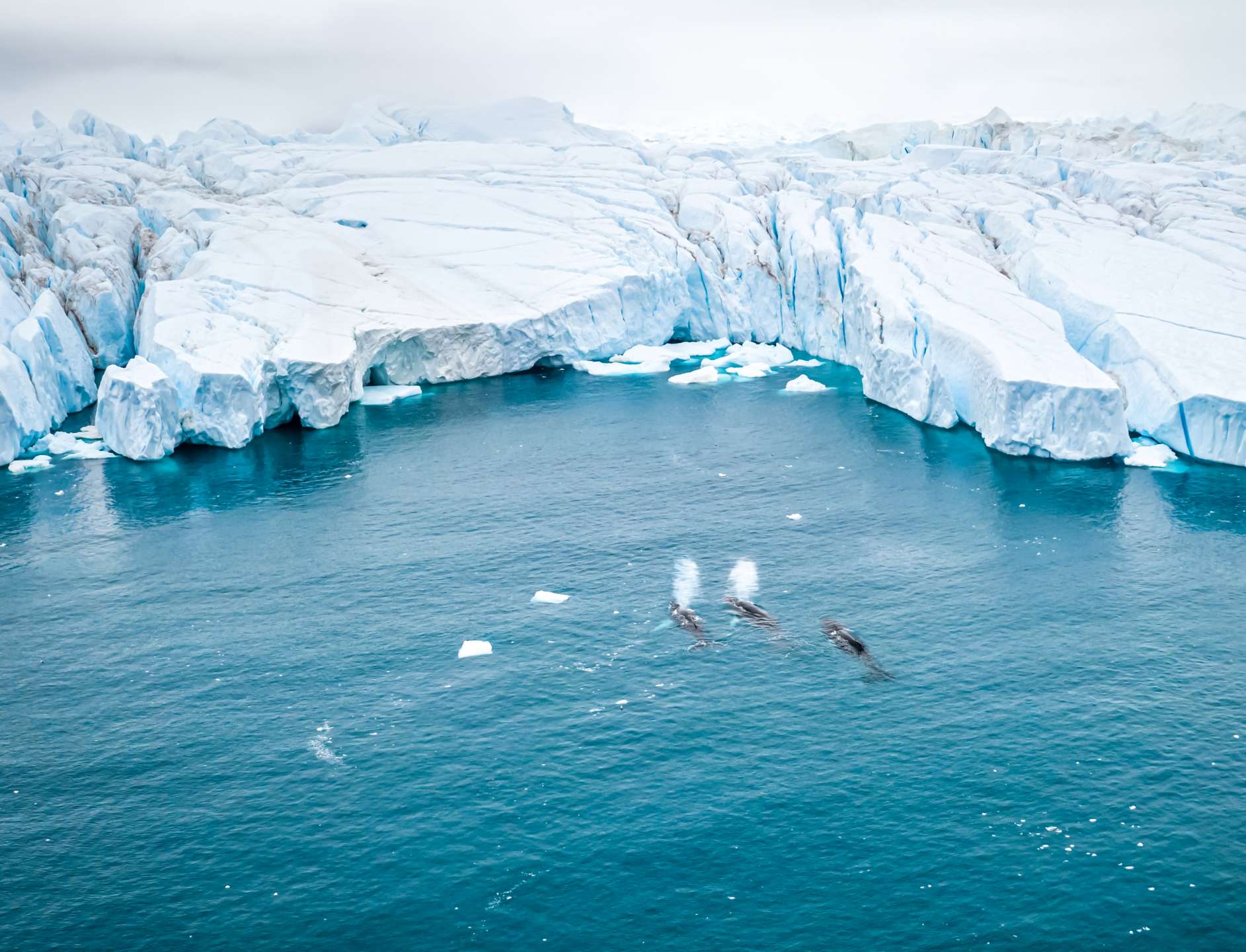Scientists never stop searching. What is true today becomes false, or is proven wrong at some new destination. One such find was found underneath the vast ice sheet of Greenland.

By examining the DNA obtained from prehistoric Siberian mammoth bone samples, scientists have found traces of the world’s oldest DNA, which was 1 million years old.
So far it was the oldest DNA in the world. That was history. But a new DNA test from the Ice Age in northern Greenland blew away all those old ideas.
Scientists found an environmental DNA that is about 2 million years old, as twice as previously known in existence. As a result, the explanation of the existence of life in the world has been completely changed.
Specifically, environmental DNA, also known as eDNA is DNA that is not directly recovered from an animal’s body parts, instead it’s recovered after it has somehow mixed with water, ice, soil, or air.
With animal fossils hard to come by, the researchers extracted eDNA from soil samples under an ice sheet from the Ice Age. This is the genetic material that organisms shed into their surroundings — for example, through hair, waste, spit or decomposing carcasses.
This new DNA sample was recovered by a joint initiative of researchers from the University of Cambridge and the University of Copenhagen. Researchers believe this finding is so groundbreaking that it could explain the root cause of today’s global warming.
During the region’s warm period, when average temperatures were 20 to 34 degrees Fahrenheit (11 to 19 degrees Celsius) higher than today, the area was filled with an unusual array of plant and animal life, the researchers reported.

The DNA fragments suggest a mix of Arctic plants, like birch trees and willow shrubs, with ones that usually prefer warmer climates, like firs and cedars.
The DNA also showed traces of animals including geese, hares, reindeer and lemmings. Previously, a dung beetle and some hare remains had been the only signs of animal life at the site.
In addition, the DNA also suggests horseshoe crabs and green algae lived in the area — meaning the nearby waters were likely much warmer back then.
One big surprise was finding DNA from the mastodon, an extinct species that looks like a mix between an elephant and a mammoth. Previously, the mastodon DNA found closest to the Greenland site was located much further south in Canada and was much younger at only 75,000 years old.
A clear idea of the ecosystem 2 million years ago can also be obtained by examining these eDNA samples. Which will shape our knowledge of the prehistoric world in a new way, and will break many old ideas.




